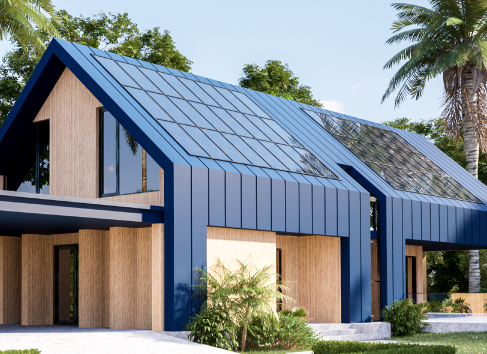Heat Pump System
Heat pumps aren’t new technology, they’ve been around for decades now and have been put to a variety of uses throughout the world, with refrigerators and air conditioners being some of the most common examples. As we shift toward the era of energy independence, with battery storage being the choice for clean power, the Heat pump offers a cost-effective storage solution as an alternative and reliable storage device.
- Home
- Heat pump system
Save Thousands Every Year on Your Energy Bills
FIND OUT BELOW HOW

Regulate Hot Water Systems product 1 kW of Heat Energy output for 1 kW of input

Heat Pumps extract additional Energy from the surrounding air to produce 4x the output.
As a result, using the same amount of power input, the iStore Heat Pump produces 4 TIMES the amount of heat energy output than an electric hot water system. This industry leading energy efficiency can reduce your hot water running costs by up to 70%, saving you thousands of dollars every year!
As a result, using the same amount of power input, the iStore Heat Pump produces 4 TIMES the amount of heat energy output than an electric hot water system. This industry leading energy efficiency can reduce your hot water running costs by up to 70%, saving you thousands of dollars every year!

Why Install an Heat Pump
- Make the most of your solar PV system
- Most cost-effective energy storage solution on the market

- Receive STCs (Small-scale Technology Certificates)
- Generate hot water energy all year round
How Heat Pump Works?
The Compressor
pressurizes the refrigerant into a hot gas
The Cycle
continues until the set target temperature is achieved
The Hot Gas
inside the condenser coil heats the water inside the coil-wrapped tank

A Fan
draws in air, containing heat energy, across the evaporator
The Evaporator
turns the liquid refrigerant into a gas
The Refrigerant
reverts back to a liquid after heating the water and continues to the evaporator for the process to start again
How Heat Pump Works?
3 . The Compressor
pressurises the refrigerant into a hot gas
6 . The Cycle
continues until the set target temperature is achieved
4. The Hot Gas
inside the condenser coil heats the water inside the coil-wrapped tank

1. A Fan
draws in air, containing heat energy, across the evaporator
2. The Evaporator
turns the liquid refrigerant into a gas
5. The Refrigerant
reverts back to a liquid after heating the water and continues to the evaporator for the process to start again
The Benefits
Economical
The iStore boasts 4 intelligent operating modes adapting to all situations, including a hybrid mode for when additional guests are staying in your home and a vacation mode for when you are away on holidays
Optimal Design
External wrap around heating coil provides maximum thermal energy transfer
Easy to Install
The Heat Pump is easy and quick to install
Easy to Install
The Heat Pump consumes approximately 1 kW of power during the air-to-energy process (average household running cycle is 3 - 4 hours = 3 - 4 kWh total)
Low Consumption
For the average Australian household heating water accounts for up to 30% of the total energy usage. The Heat Pump saves you hundreds while saving the planet!
The Heat Pump Saves You Hundreds While Saving the Planet!
BASED ON 200L PER DAY CONSUMPTION
Thermal Energy is Captured from the Surrounding Air
and is used to Heat the Tank Water

The Heat Pump uses advanced technology to store 4kW of heat energy for every 1kW of power consumed.
That’s a remarkable 400% transformation of green energy you can use to power your home’s hot water needs, while lowering your greenhouse carbon emissions.
The ingenious design of the Heat Pump makes it one of the most efficient hot water storage solutions on the market.
The Results Speak for Themselves

A family of 5 installed an iStore - Air to Energy system and saved $212.64 on their November ‘18 energy bill~



They then added solar panels with their iStore & saved $444.44 on their February ‘19 energy bill~
Billing Period | Billing Days | Daily Usage | Total Usage | Total Bill Cost |
|---|---|---|---|---|
OCT ‘18 | 59 days | 27.4 kW | 1614 | $518.14 |
NOV ’18 | 57 days | 17.2 kW | 982 | $305.50 |
FEB ’19 | 67 days | 6.9 kW | 461 | $73.30 |

14kWh is the average power consumption used by standard 270L electric hot water systems.
^ Tariffs based on WA pricing, $0.25 per kWh for electricity, Natural Gas price of $0.0351 c/MJ & LPG price of 1.25 $/L. Actual savings may vary on household usage, solar power system and climate conditions.


Our Partners
Partners who strengthen our team and solar.

















Would you like to discuss your project with our specialists?
We can answer all your questions about our solar company services and pricing. Call us today on 1800 270 962 or fill out our contact form. A friendly member of the Suntek team will respond with answers and an obligation-free quote.
Case Studies
We do not discriminate and love to work in all sectors. Click to know more.
Our blogs

SolarEdge Inverter Review
SolarEdge Inverter Review SolarEdge inverters ensure that solar power solutions in Australia are affordable and energy-efficient. Here’s an in-depth review. Home Solar power solutions in

Best Home Batteries for Solar Power Systems In 2021
Best Home Batteries for Solar Power Systems In 2021 The home battery system for your solar-powered home needs to be of excellent quality and reliable.

What Solar Power System Size Do I Need?
What Solar Power System Size Do I Need? The solar power system size is important to determine when seeking this solution for your home. Here’s

Is It Possible to Install a 10KW Solar System on a Single Phase?
Is It Possible to Install a 10KW Solar System on a Single Phase? Energex has now made it possible to install a 10KW solar system

Should You Use Tilt Frames on Your Solar Panels?
Should You Use Tilt Frames on Your Solar Panels? Other than a few exceptions, there is no real need to use tilt frames on your










